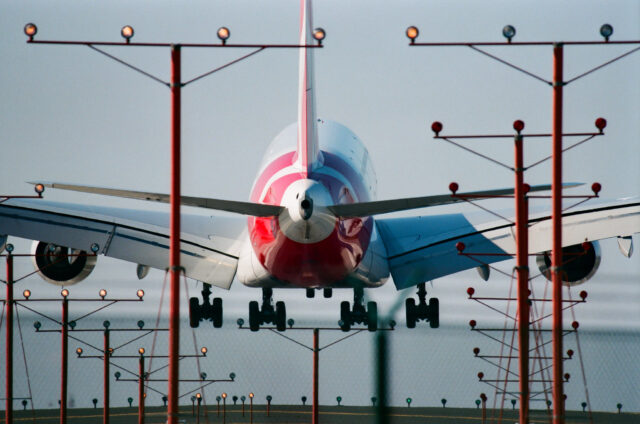Mesa Airlines 45 year old brand to vanish as it merges with Republic Airways

November 26, 2025
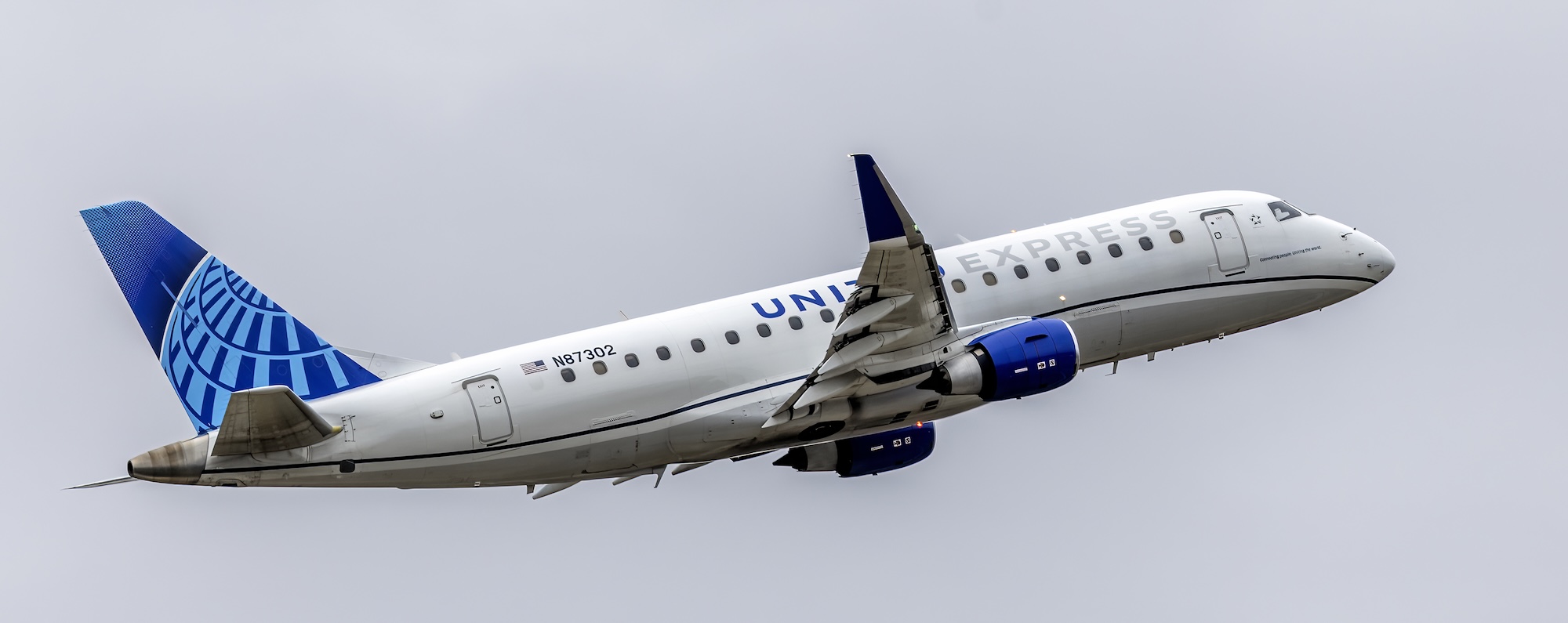
Regional airline consolidation in the United States has claimed one of its longest-standing names: Mesa. With the completion of the merger between Republic Airways and Mesa Air Group, the Mesa corporate brand is being folded into a larger Republic platform, closing the book on more than 40 years of Mesa as an independent regional player.
Republic Airways Holdings, now publicly traded on Nasdaq under the revived ticker RJET, announced the formal completion of the transaction on 25 November. Republic shareholders own about 88% of the combined company, while Mesa shareholders will hold between 6% and 12%, depending on the settlement of Mesa’s pre-closing obligations.
Mesa: A historic regional brand disappears into Republic
Mesa traces its roots to commuter flights launched in the early 1980s between Farmington and Albuquerque, New Mexico, which grew over the decades into a multi-partner regional carrier flying for America West, US Airways, American Airlines, and United.
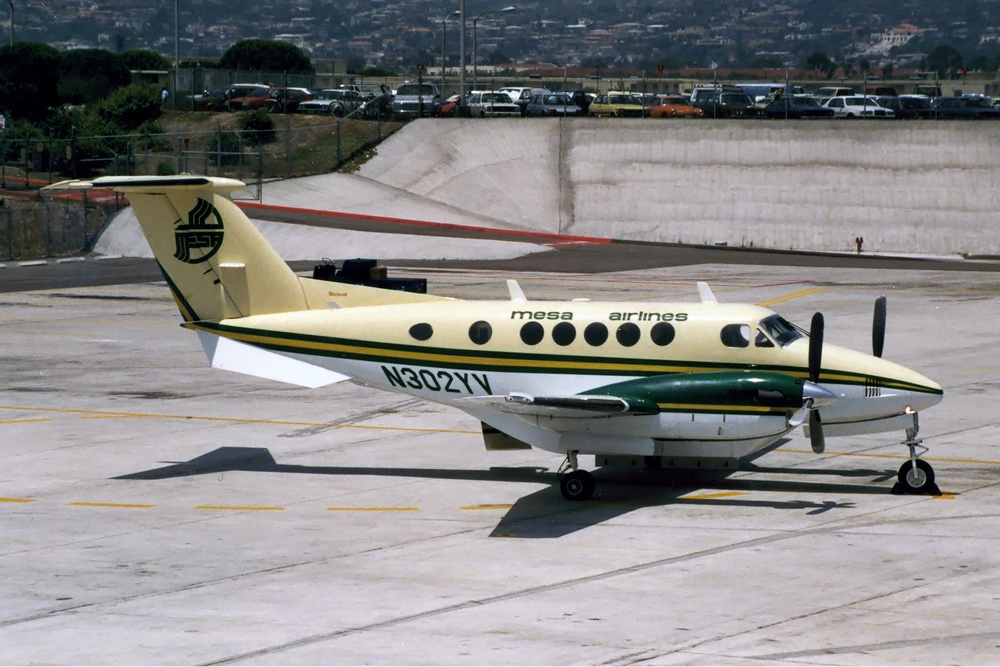
For much of that time, passengers rarely saw “Mesa” on the side of an aircraft; they saw America West Express, US Airways Express or United Express. Within the industry, Mesa remained a distinct regional brand, based in Phoenix.
That identity effectively disappears with the merger. Local media in Arizona have framed the shareholder vote as ending Mesa’s era as a Phoenix-based corporate airline, even if flying and maintenance activity continue there under United Express.
After years of financial struggles and delisting threats, Mesa Air Group shareholders approved a merger that ends the company's Phoenix era, with the CEO who has led the airline since the late 1990s receiving over $7 million as part of his exit package. https://t.co/S9Skq6vK8V
— Phoenix Business Journal (@phxbizjournal) November 19, 2025
The listed company “Mesa Air Group (MESA)” vanishes from Nasdaq, replaced by Republic’s RJET ticker. The merged entity carries Republic Airways Holdings Inc. branding and will be led by Republic Airways CEO David Grizzle and president Matt Koscal.
One of the last independent regional airline brands from the early deregulation years will now exist only as part of Republic.
Republic Airways: “a combined company with a common mission”
As a result of the deal, Mesa becomes Republic Airways Holdings under Republic Airways’ management team. This structure effectively retires Mesa Air Group as a standalone corporate brand. As part of the merger, Mesa will continue to operate with United under a 10-year capacity purchase agreement.
“This merger establishes a combined company with a common mission to provide safe, clean, and reliable service to connect people and communities across America. The transaction will create value for all of our stakeholders and strengthen the regional aviation industry,” said David Grizzle, CEO of Republic Airways, in the company’s announcement of the merger.
“Today, Republic returns to the public markets as a well-capitalised airline with a strong strategic plan, a capable and proven workforce of aviation professionals, and a horizon bright with opportunity.”
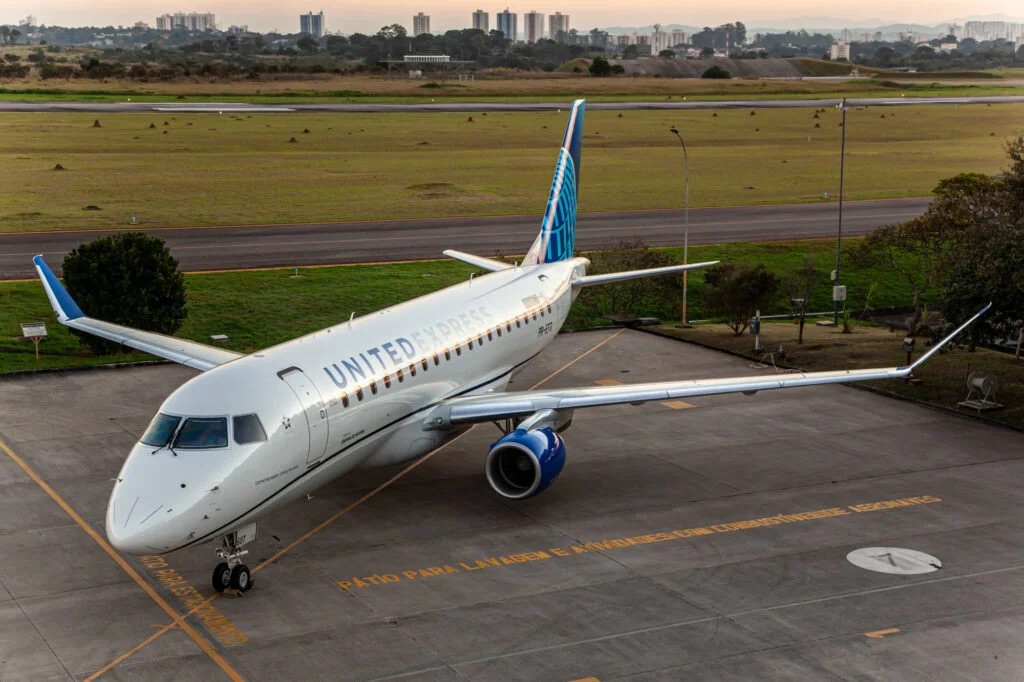
Matt Koscal, President of Republic Airways, emphasised the strategic advantage of the transaction.
“Bringing Republic and Mesa together is the natural next step for Republic,” he said. “It continues a growth trajectory that stretches back more than five decades, makes us a stronger and more capable partner for our customers, will create new jobs and career opportunities for our people, and offers a compelling investment opportunity in an essential industry.”
Republic and Mesa will maintain parallel operations throughout the process of consolidating the two airlines into a single carrier.
Creating the second-largest US regional airline
The combined Republic–Mesa operation will control around 310 Embraer 170/175 jets, operate over 1,300 daily departures, and feed American, Delta and United.
That new footprint makes the group the second-largest US regional airline, alongside SkyWest, and leaves very few sizeable independent regionals outside the wholly owned units of the big three carriers.
A lifeline for Mesa after years of financial strain
For Mesa, the transaction is also a rescue. The carrier has struggled with rising costs, utilisation penalties and partner turmoil in recent years, including the loss of its American Eagle flying in 2023 and the wind-down of its CRJ-900 fleet.
By 2025, Mesa had become a single-partner, single-type airline, flying a leased Embraer 175 fleet exclusively for United.
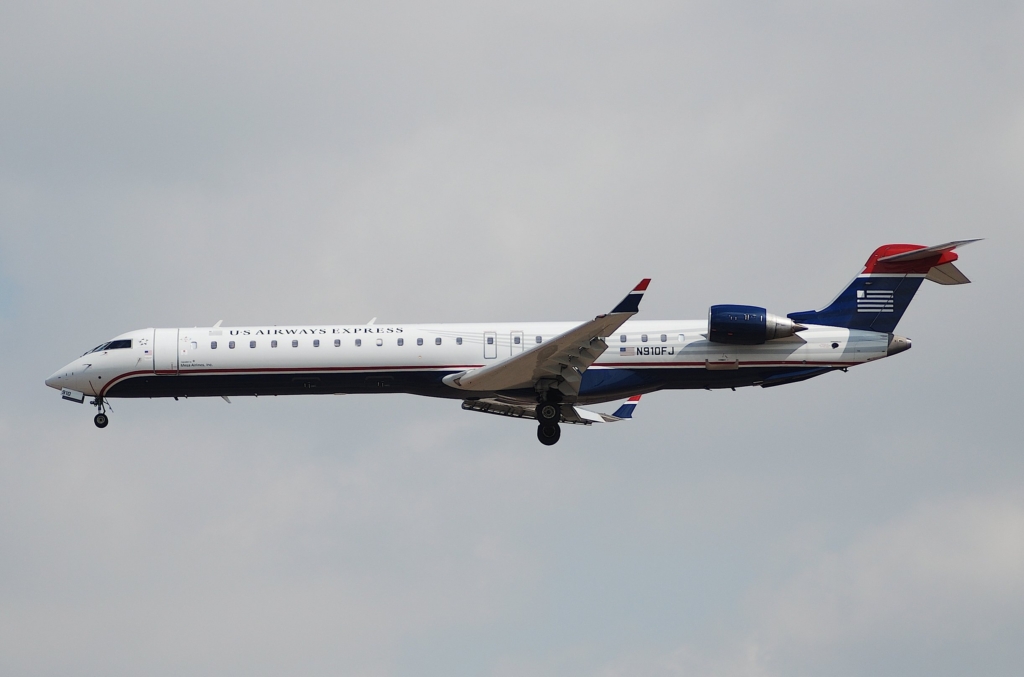
Financially, Mesa has been posting losses and juggling a Treasury loan facility, amending its loan agreement as it moved towards the Republic deal. Shareholders overwhelmingly backed the merger at a special meeting on 18 November, signalling little appetite for remaining independent.
The merger gives Mesa a larger capital base and access to public equity under Republic’s banner, and integration into a broader network of flying for all three major US carriers.
What the Republic-Mesa merger means for the US regional market
The Republic–Mesa union has several practical implications. Both airlines have been active in pilot training and recruitment. Combining them creates an even larger regional employer with leverage in negotiating scope, pay and working conditions. For pilots, it could mean greater bargaining power, but with fewer independent employers remaining.
“The cultural alignment of the combined organisation positions its more than 8,000 impacted aviation professionals for continued growth, development, and long-term success,” the company states in its announcement.
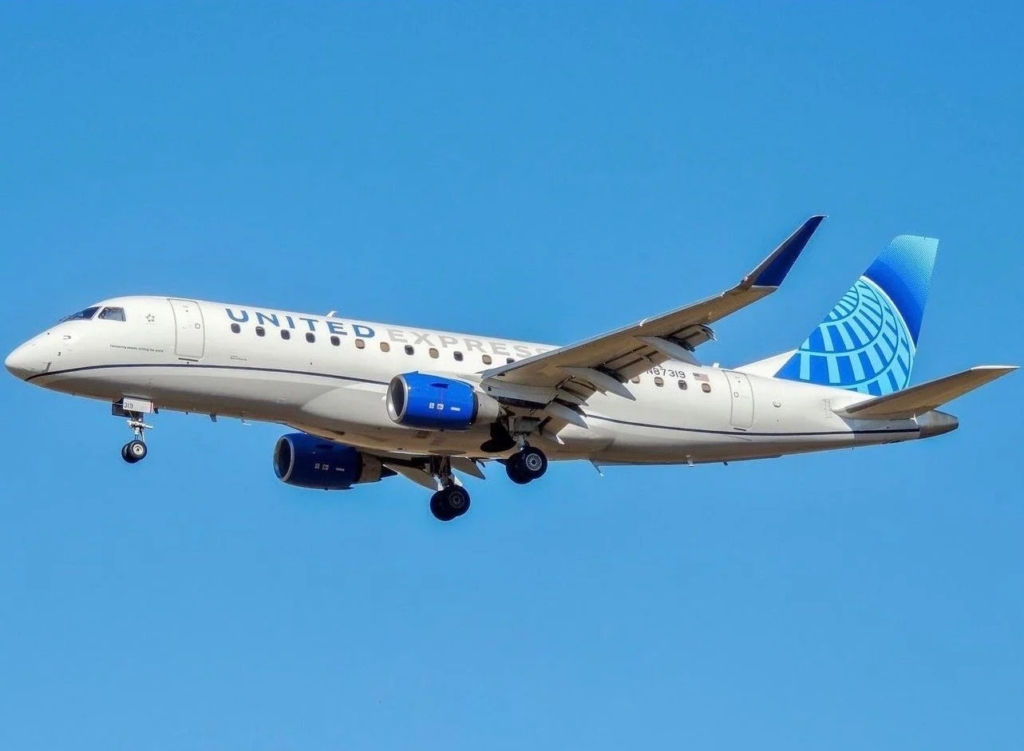
United already relied heavily on Mesa for E175 feed at Houston and Washington Dulles. Under the new 10-year CPA embedded in the merger, Mesa’s United flying is locked into the combined Republic platform, potentially providing more stability for United but also concentrating risk.
With Mesa folded into Republic, the US regional landscape narrows.
The merger reflects the current cost and labour environment; it’s increasingly difficult for mid-size regionals to survive without either being wholly owned by a major. Mesa tried operating as a lean United-only carrier, but in the end, it needed the shelter of a larger group.
Passengers will hardly notice that Mesa is gone
As far as flights are concerned, passengers will still board aircraft painted in partner liveries without any noticeable changes. The most significant shift is symbolic. A pioneering regional name from the deregulation era is gone.
For those who watched Mesa grow from a single-engine commuter in the Four Corners region into a complex multi-partner regional, that’s a poignant milestone—even if the jets and jobs carry on under Republic’s flag.
Get all the latest commercial aviation news on AGN here.
Featured Image: Acroterion | Wikimedia Commons

